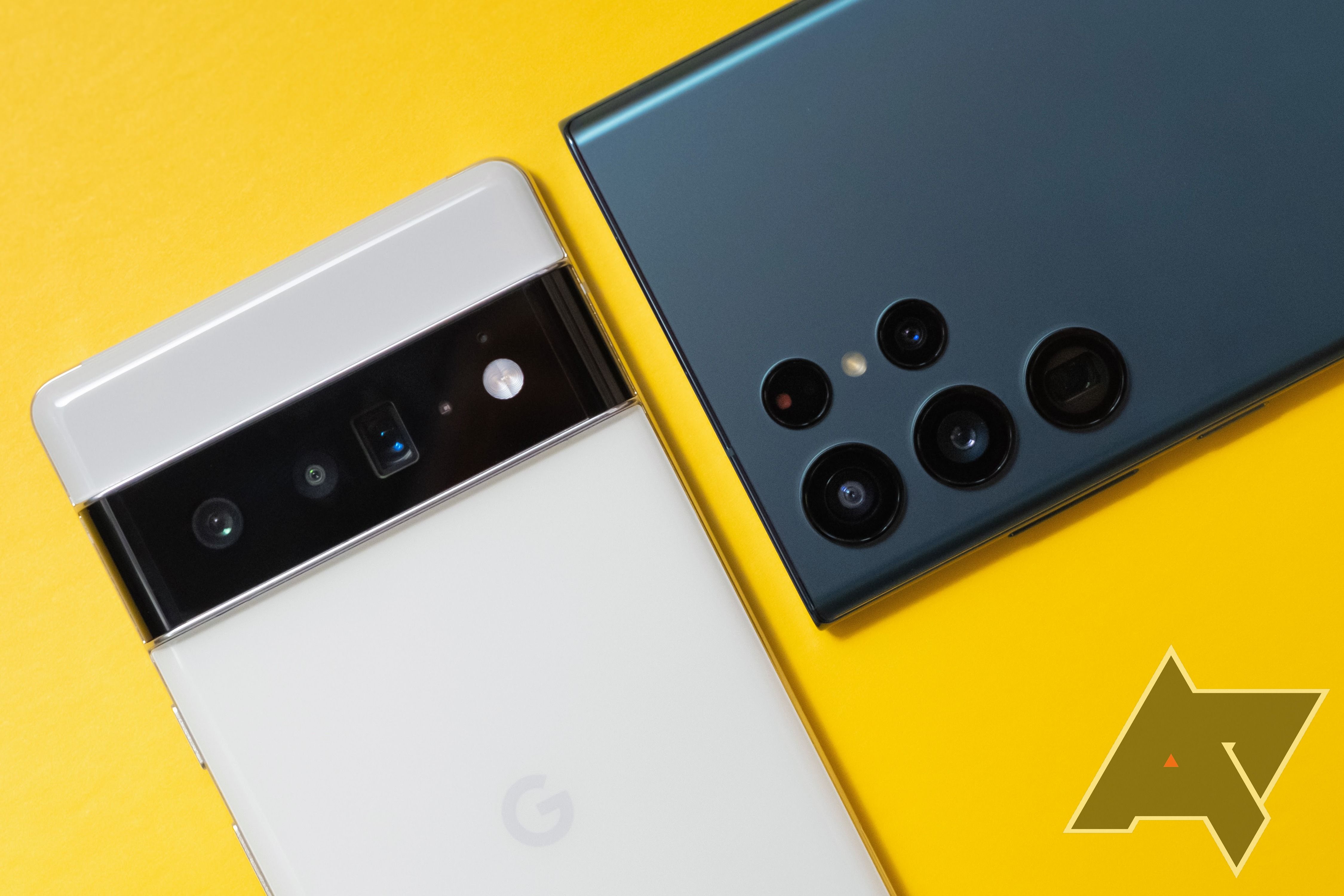If you’re one who cares about using the latest software releases as soon as possible, your options were historically quite limited in the Android universe. You can either buy the latest flagship from Samsung, LG, Motorola, HTC or the usual suspects and hope that they would not leave their flagships within the next few months, or you basically had to go with Google’s Nexus and later Pixel phones.
Times have changed. Samsung is leading the way when it comes to Android updates, with new and timely software releases for all its latest phones, and Google has promised to support its Pixel 6 and 6 Pro for the next five years – at least with security fixes. This is good news for those of us who want to buy used phones, whether it is for environmental reasons, budget constraints or both.
Samsung has stepped up the game for everyone else, even Google
Buying a used Samsung flagship phone today, e.g. Galaxy S21, will give you longer lasting support with official Android updates than what a brand new Galaxy S10 or S9 would ever have given you (although Samsung admittedly provided the S9 with four years of security updates). While many people who buy used may not care about software updates, they are still a net benefit. Devices will not become open gates to malware and other attacks, thus keeping owners and potentially their friends and families safe as well.
Google Pixel phones are another great offer when it comes to used phones. Although Google only promises to give you Android updates for three years, it still offers five years of security updates on Pixel 6 and 6 Pro. With this in mind, we would not recommend buying a Pixel 5 or 5a if you are concerned about long-term software support, as these devices are limited to three years with both Android and security updates.
Admittedly, there are many other phones that do not get the same treatment. Many companies are notorious for abandoning their devices far too soon, where e.g. Motorola and (most recently) and OnePlus are not doing their best to ensure that existing device owners receive timely and error-free updates. Unfortunately, mid-range and budget phones are also often out of the equation, as many get limited update support.
Repair and care
The new update obligation that many companies are addressing is paired with the increase in opportunities for self-repair. Apple is leading the self-repair package and announcing that it will sell official spare parts and tools to those who are brave enough to service their devices themselves. But Samsung has quickly followed suit with its own self-repair program just a few months ago.
Here the middle class and budget phone problem reappears. While flagship phones get long-term support, cheaper phones often do not get the same treatment (disregarding the Pixel A-Series and parts of the Galaxy A-Series). Even when you buy used, you will have to pay a little more money to ensure that you are not left behind in terms of repair, both when it comes to spare parts and instructions.
In fact, even enthusiasts interested in getting the latest releases could start looking at newly released refurbished and used phones. Samsung’s flagship phones are routinely getting timely Android updates these days, just like Pixel phones, so if you’re more concerned about software than hardware, a slightly older phone may be a greener alternative to the latest and greatest that comes without too many sacrifices.
Things are better, but the Android ecosystem has more work to do
Despite all these improvements in the Android ecosystem, it’s clear that Apple is still taking the crown when it comes to long-term software support. The company routinely provides its phones with more than five years of complete system updates, and while some more flashy features may be exclusive to the latest lineup, older phones still get their security fixes along the way. Only when Samsung, Google and co. manage to replicate this kind of long term support, they will really become a competitive alternative in the used phones market.
Read Next
About the author



